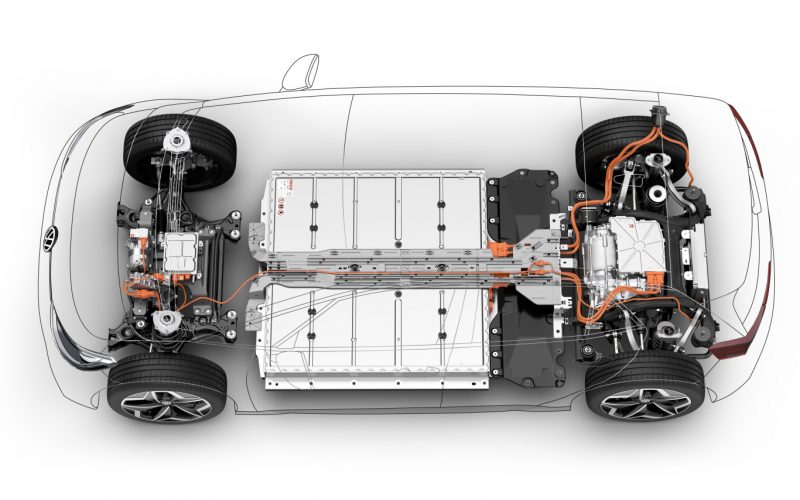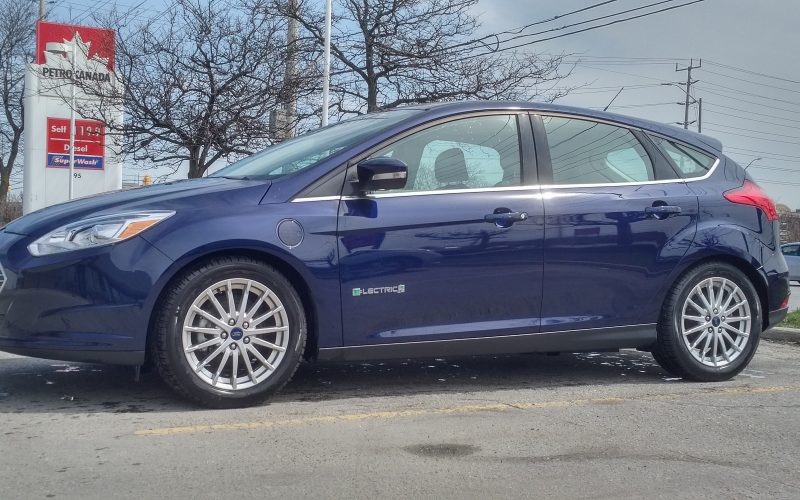
Reading Time: 4 minutesA group of students from various programs at Georgian College in Barrie, along with some staff,

Reading Time: 2 minutesThe wave of electric vehicles (EVs) is steadily cresting, promising more sustainable transportation. While many are

Reading Time: 2 minutesAfter thirteen months of service and over 22,000 kilometres our Kona Blue 2016 Ford Focus Electric
© 2025 The Car Magazine. All Rights Reserved, Privacy Policy | Terms of Use